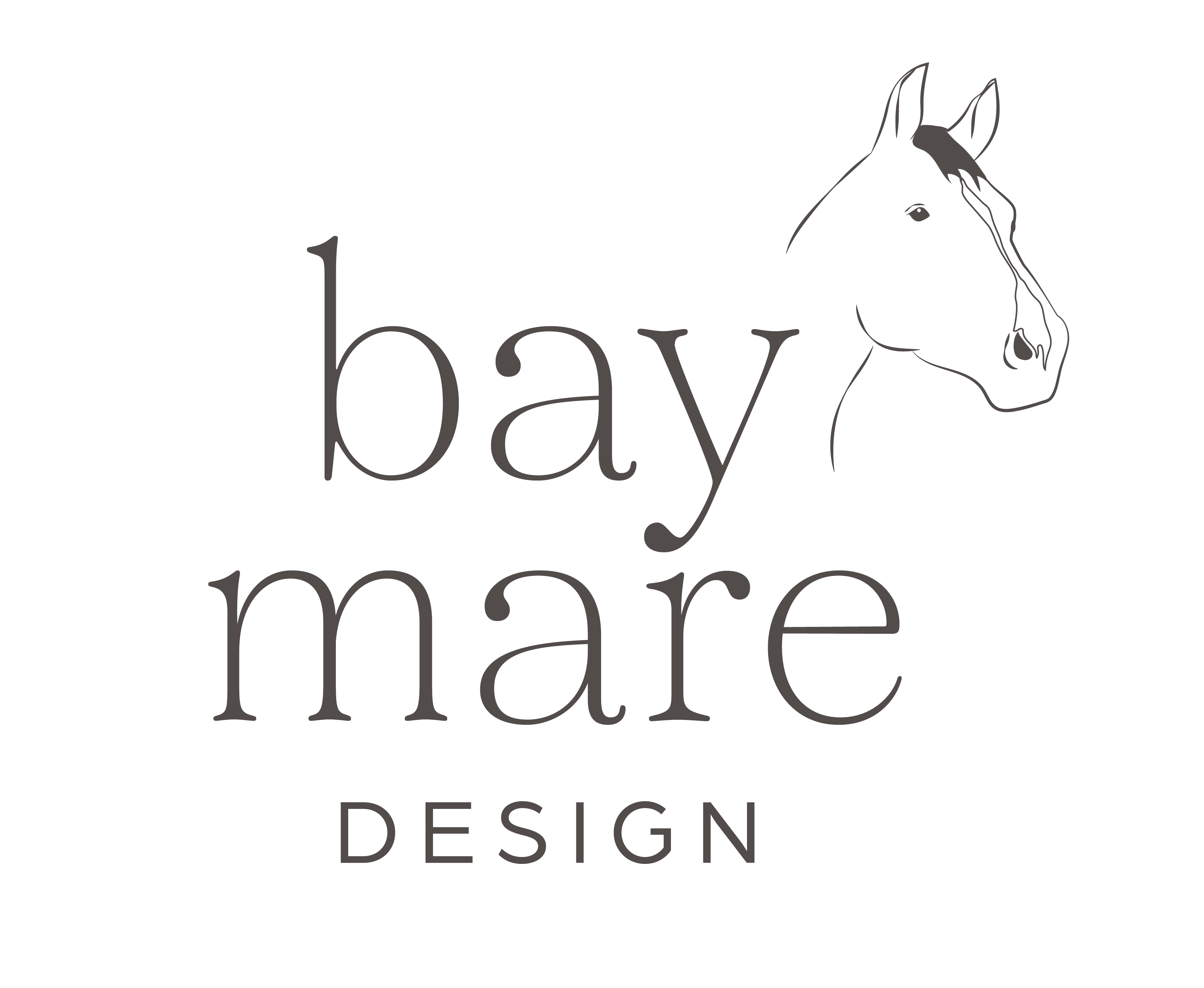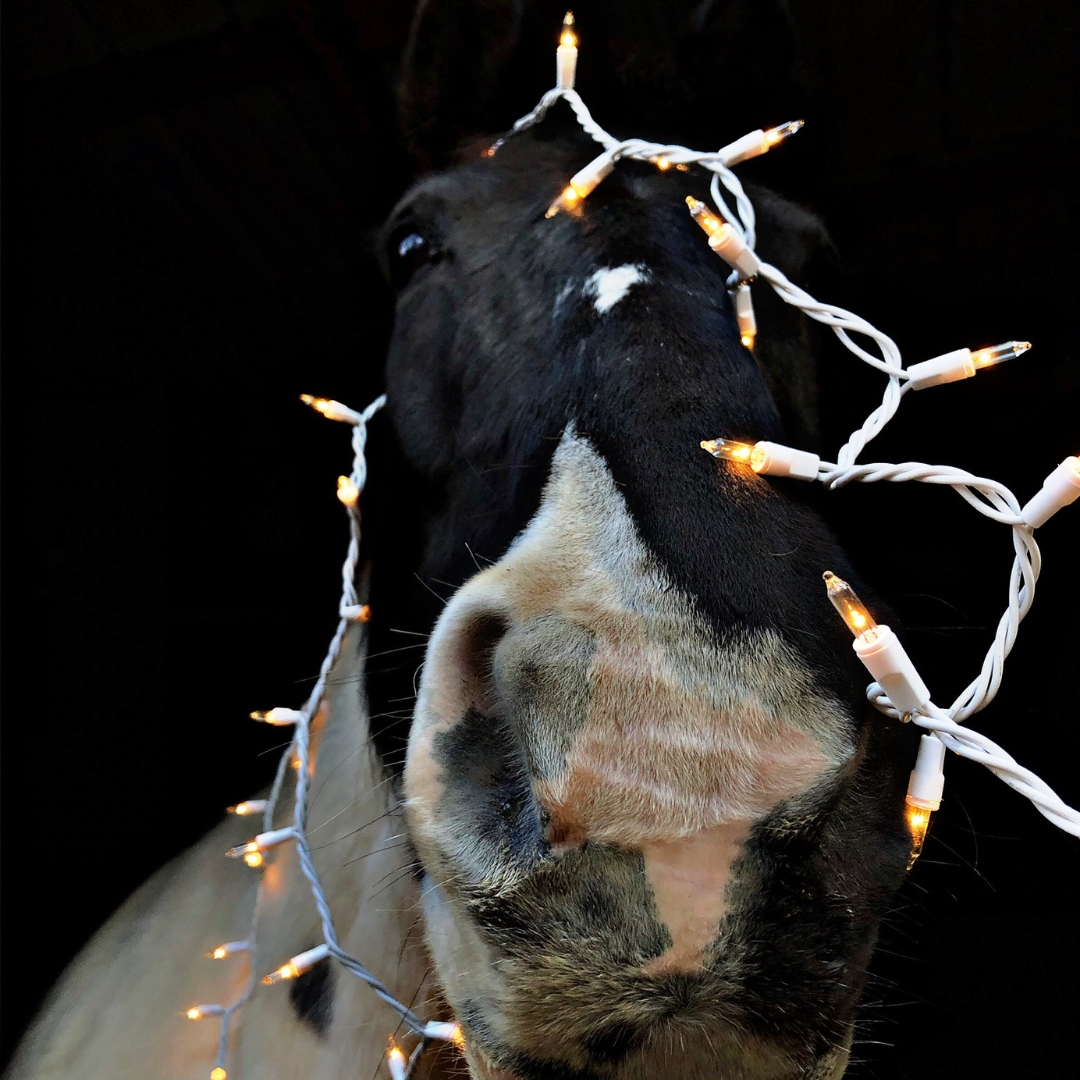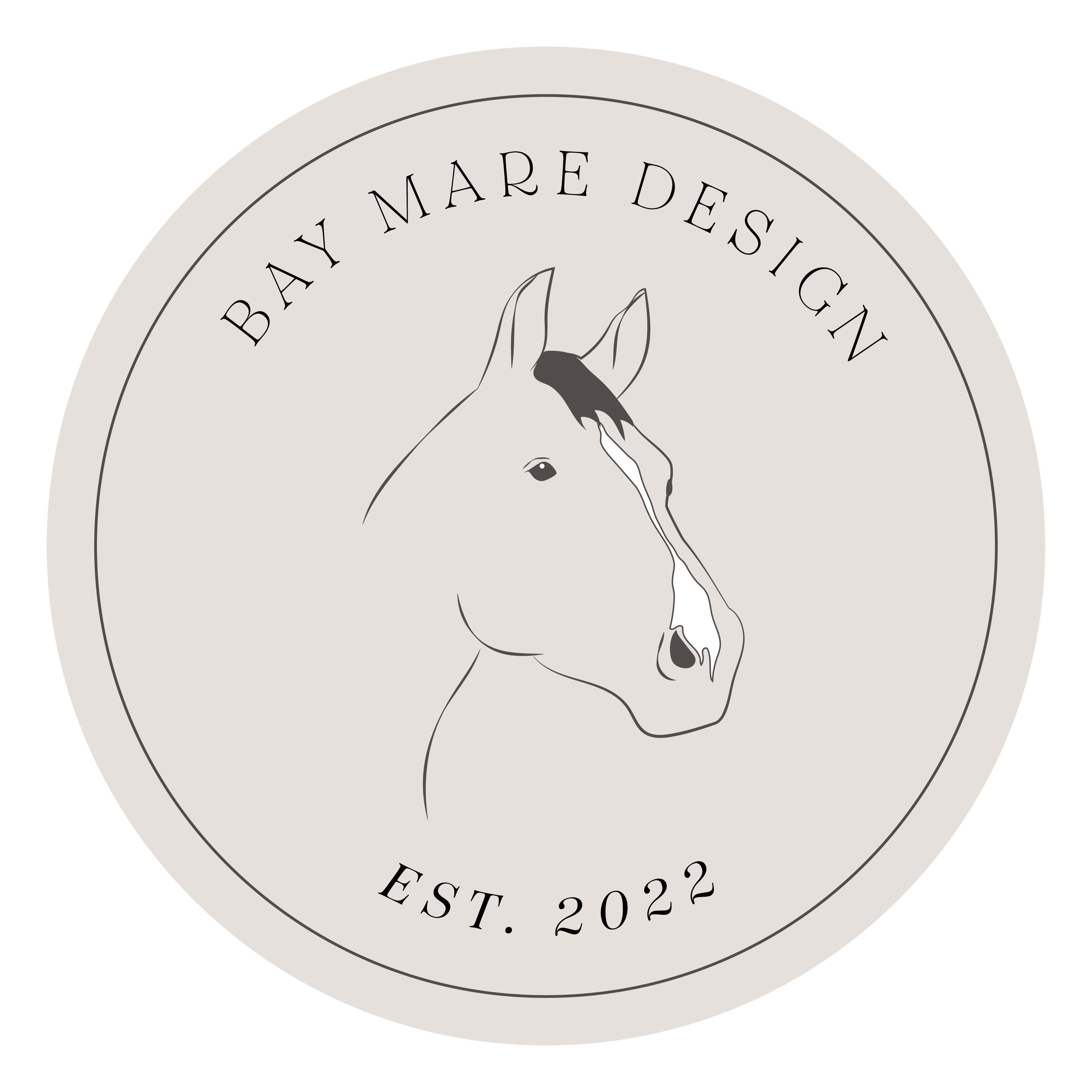One of the top things that equestrian entrepreneurs overlook when building an online store is product categorization. It’s also one of the most important parts of an online store (so you can see why this post is important).
In this post, I’m going to walk you through the process of categorizing your products online. I’ll include popular categories, as well as best-practices when it comes to creating custom options to fit your needs. Ready to get started? Let’s do it.
Why is Product Categorization Important?
Picture this: you’re on the hunt for a new fly mask (because your horse lost theirs at the bottom of the pasture). You’re planning on ordering online because, hey, who has time to go to the tack store?
That’s when you remember that you saw a fun advertisement for a new online tack store you wanted to check out. You head over to their website and hover over “Shop” in the menu. There are only two categories (Horse and Rider), and hey – not a big deal. You obviously click Horse. And when the page loads, you’re bombarded with hundreds of products.
There aren’t any filters because, hey, who needs product categories?
Honestly: Do you scroll through the products to find a fly mask, or do you click away and head to Dover or SmartPak? I know I’d be clicking away.
And that, my friends, is exactly why it’s so freaking important to use product categorization on your website.
You want your customers to be able to quickly and easily find exactly what they’re looking for – rather than sending them down an everlasting rabbit hole. Because if they end up in that rabbit hole, there’s a pretty good chance they’re going to be doing their online shopping elsewhere.
Different Types of Categories
Now that we’ve got a better understanding of why we need product categories, we can jump into learning more about the different types of categories.
There are two different types of categories: main categories and subcategories.
Main Categories
Main categories are like big buckets where all of your subcategories live. Let’s go ahead and use Dover Saddlery as an example. As of today, they have 11 main categories listed on their navigation bar: New, Riding Apparel, Kids, Riding Boots & Chaps, Horse Tack, Horse Blankets, Horse Care, Stable Supplies, Gifts/Dogs, Dressage, and Sale.
These “large buckets” hold several different types of subcategories that fall directly within the main categories.
Subcategories
Now, let’s dive deeper into the “large buckets” and explore subcategories. These are like smaller compartments within each main category, housing even more specialized groups of products. Imagine the main category “Horse Tack” – it’s like a universe of its own. Within this universe, there are subcategories like “Bridles & Headstalls,” “Saddle Pads,” “Girths & Cinches,” and more. Each subcategory narrows down the focus, making it easier for customers to find exactly what they’re looking for.
In a nutshell, main categories provide the overall structure of your online store, offering a clear roadmap for customers to explore. Subcategories, on the other hand, offer pathways, helping customers reach the products they want with pinpoint accuracy. This type of organization not only enhances the shopping experience but also showcases your attention to detail – making customers feel well-guided and understood.
Simply put: the combination of main categories and subcategories is your secret weapon for creating a store that’s both user-friendly and packed with options for your customers to explore.
How to Pick Categories for Your Equine Store
Your category names will likely be dependent upon the type of equine products you have to offer. If you’re strictly an online riding apparel store, you are going to want to categorize your items much differently than if you were offering equestrian styled gifts.
So how do you go about picking your main and subcategories?
Crafting Main Categories
If your store is centered around riding apparel, you might have main categories like “Jackets & Coats,” “Breeches & Jodhpurs,” and “Riding Accessories.” On the other hand, if you focus on equestrian styled gifts, your main categories could include “Home Decor,” “Fashion Accessories,” and “Gift Sets.”
Navigating Subcategories
Once your main categories are established, it’s time to move into subcategories. For instance, under “Jackets & Coats,” you could have subcategories such as “Winter Riding Jackets,” “Rain Coats,” and “Show Jackets.” Similarly, within “Home Decor,” subcategories might encompass “Wall Art,” “Tableware,” and “Decorative Pillows.”
Customer-Centric Approach
Remember, your chosen categories should reflect your customers’ aspirations. Tailor your categories to align with their thought process. Whether they’re hunting for specialized riding gear or exploring unique equestrian-themed gifts, the goal is to make their journey seamless and enjoyable.
Updating Categories as Your Business Grows
Keep in mind that categories aren’t set in stone. As your business evolves and customer preferences crystallize, be open to adjusting your categories. Observe which categories shine brightest and adjust your sails accordingly. Remember, the aim is to create an experience that flows with the tide of your customers’ ever-changing desires.
Ready to Categorize Your Online Store?
Remember that product categories do so much more than just organize your store. They help provide an exceptional customer experience that will keep your equestrian shoppers coming back for more.
So don’t wait – head over to your store and start diving into the art of categorization.




